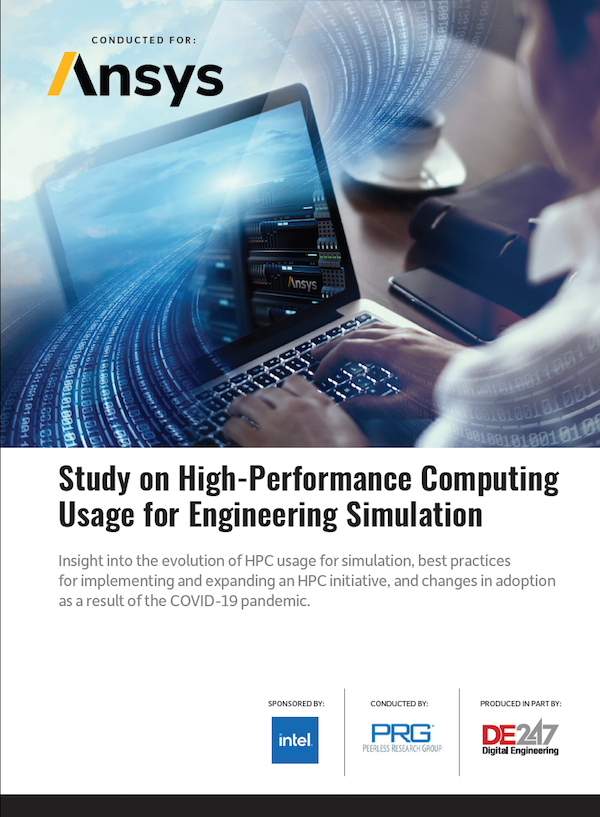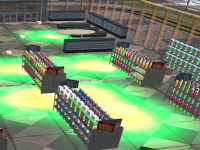
April 6, 2021
High-Performance Computing (HPC) resources, both on-premises, on the edge, and in the cloud, can provide several benefits to design engineering teams that leverage simulation as part of their product design and development process. Simulation will play a critical role in the development of new market disrupting technology, from autonomous vehicles to 5G cellular networks, and the need for HPC resources to support those efforts is only going to increase.
Peerless Research Group conducted the high-performance computing usage study in 2020 on behalf of Digital Engineering for ANSYS, Inc.,a leading global provider of engineering simulation software solutions. The purpose of this research is to better understand the obstacles, drivers and best practices when beginning or expanding the use of both on-premises and cloud-based HPC solutions for engineering simulation. The study also compares data gleaned from a previous 2014 survey in order to evaluate the evolution of HPC usage over time, and to evaluate the influence of the recent COVID-19 pandemic on technology adoption.
Download this new research paper, which explores how companies are using HPC-based simulation, the challenges and obstacles they face in doing so, the effect of the COVID-19 pandemic on HPC usage and adoption, and the potential improvements that wider adoption could enable.
Latest News








